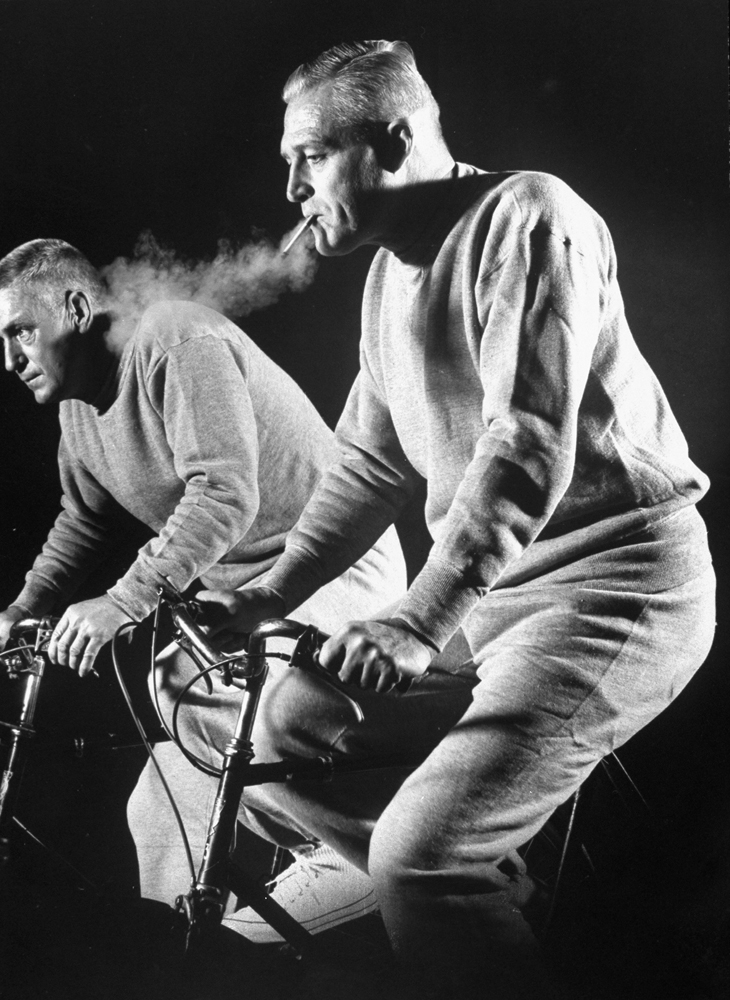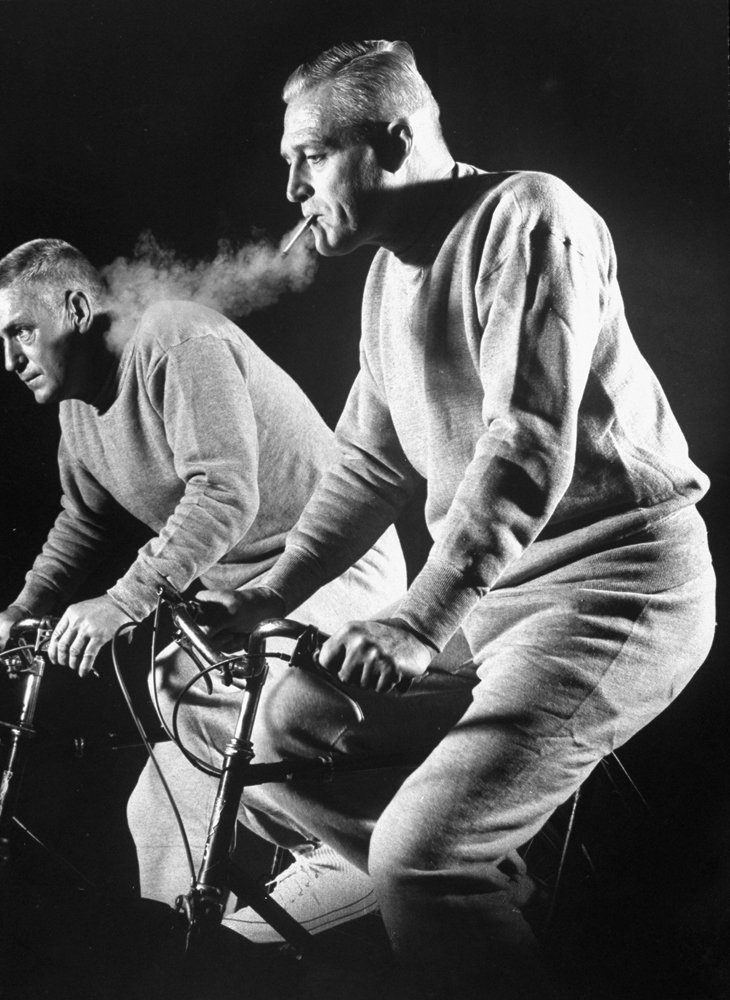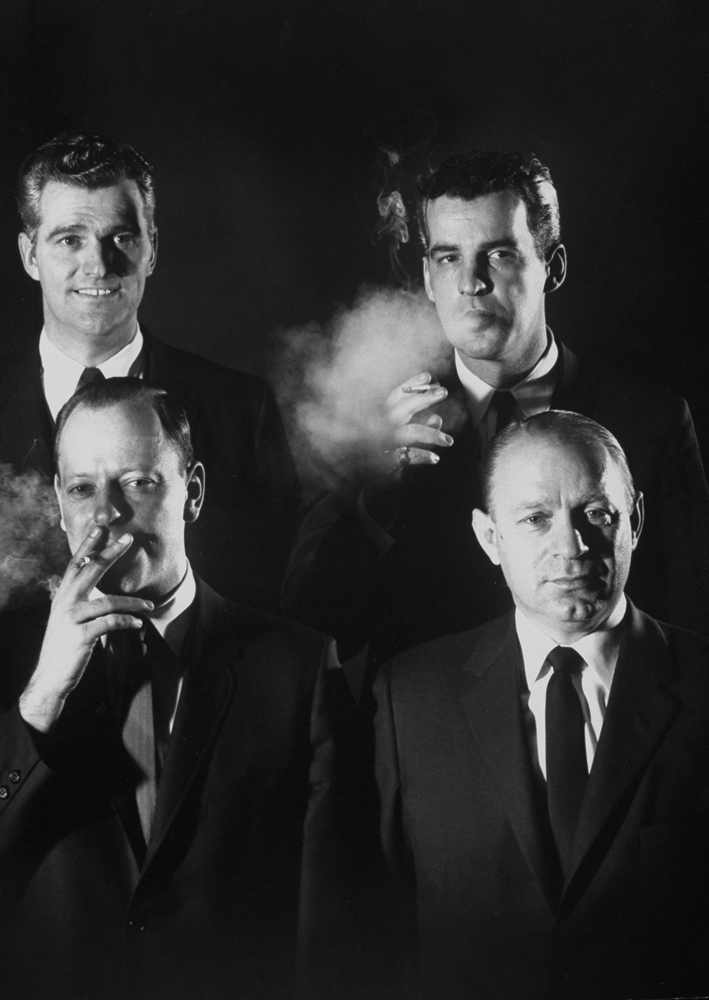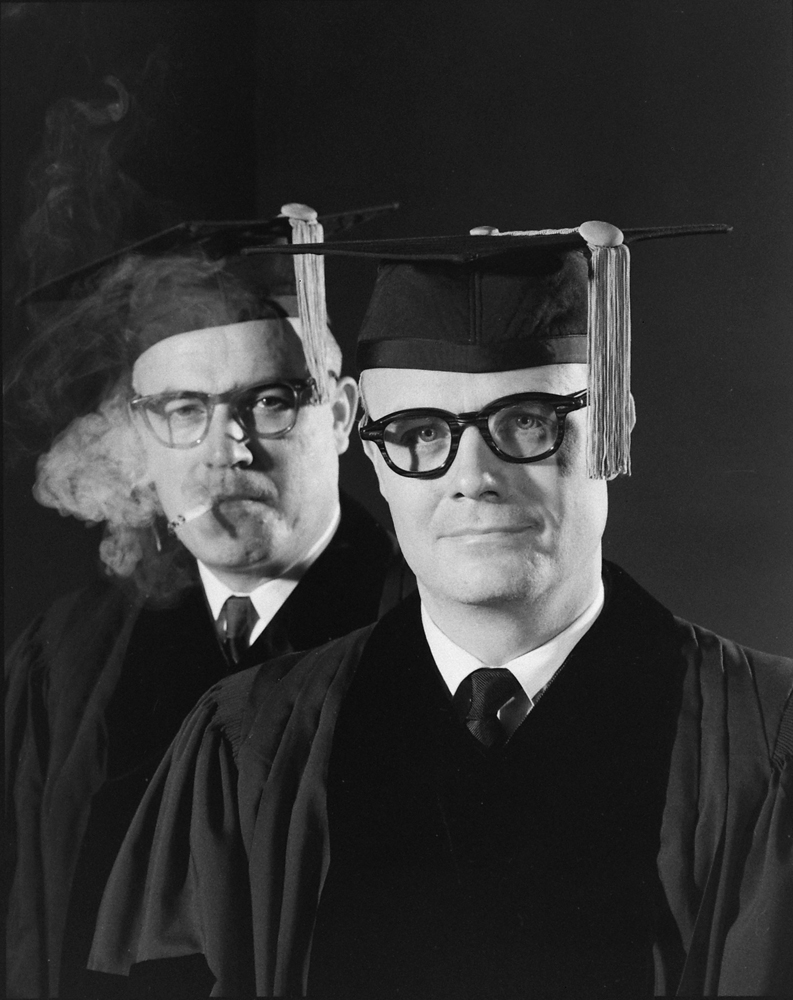
Fifty years ago this week, the U.S. Surgeon General issued a report on smoking and health that, arguably, changed the daily habits of more Americans (and, subsequently, millions of other people around the world) more profoundly than any other single medical report in history. On Jan. 11, 1964, Surgeon General Luther L. Terry and a committee of experts concluded that cigarettes, in a word, kill.
AS LIFE put it to the magazine’s readers in its Jan. 24, 1964, issue:
The 10-man jury had been out for more than a year weighing the case against cigarets [sic]. New Surgeon General Luther L. Terry, holding in his hand the jury’s 387-page report, announced to the nation its unanimous verdict on the cigaret: guilty as charged of being a menace to health.
Cigarets, said the report, are a major cause of lung cancer and chronic bronchitis. And they help shorten a smoker’s life in a number of other ways.
Many Americans hoped the verdict would be different: tobacco people, farmers, politicians, suppliers, advertising men – and, not least of all, the American smoker, who has mightily resisted the idea that his old and comforting friend, the cigaret, had all along been a villain.
According to a more recent study, in the years since the Surgeon General’s Advisory Committee lobbed its bombshell into the national debate about smoking, more than 8 million American lives have been saved because of the committee’s unprecedentedly dire warnings. (It’s worth noting, meanwhile, that an estimated 18 million Americans have died from smoking-related illnesses in the past five decades.)
Here, LIFE.com presents a series of photos that ran in that January 1964 issue, illustrating the results of a study conducted by Dr. E. Cuyler Hammond of the American Cancer Society at the time of the Surgeon General’s report.
One final note: The LIFE article referenced above barely mentions women and smoking, and when it does, its message is somewhat cringe-inducing. “Today,” the article notes, “fewer women smoke than men. Those who do tend to smoke less heavily and inhale less deeply.” [Emphasis ours.]
However, an ad for White Owl Miniature cigars in the very same issue specifically addresses LIFE’s female readers:
“A word to women,” reads the ad copy. “A good cigar can calm a man down, relax him, settle his thoughts, make your life more enjoyable.”
Allow us to translate: If your man is often anxious, restless, confused, addled, jittery, out of sorts or just unpleasant to be around, stick a miniature cigar in his face. You’ll be glad you did.
Liz Ronk, who edited this gallery, is the Photo Editor for LIFE.com. Follow her on Twitter at @LizabethRonk.












More Must-Reads from TIME
- How the Electoral College Actually Works
- Your Vote Is Safe
- Mel Robbins Will Make You Do It
- Why Vinegar Is So Good for You
- The Surprising Health Benefits of Pain
- You Don’t Have to Dread the End of Daylight Saving
- The 20 Best Halloween TV Episodes of All Time
- Meet TIME's Newest Class of Next Generation Leaders
Contact us at letters@time.com